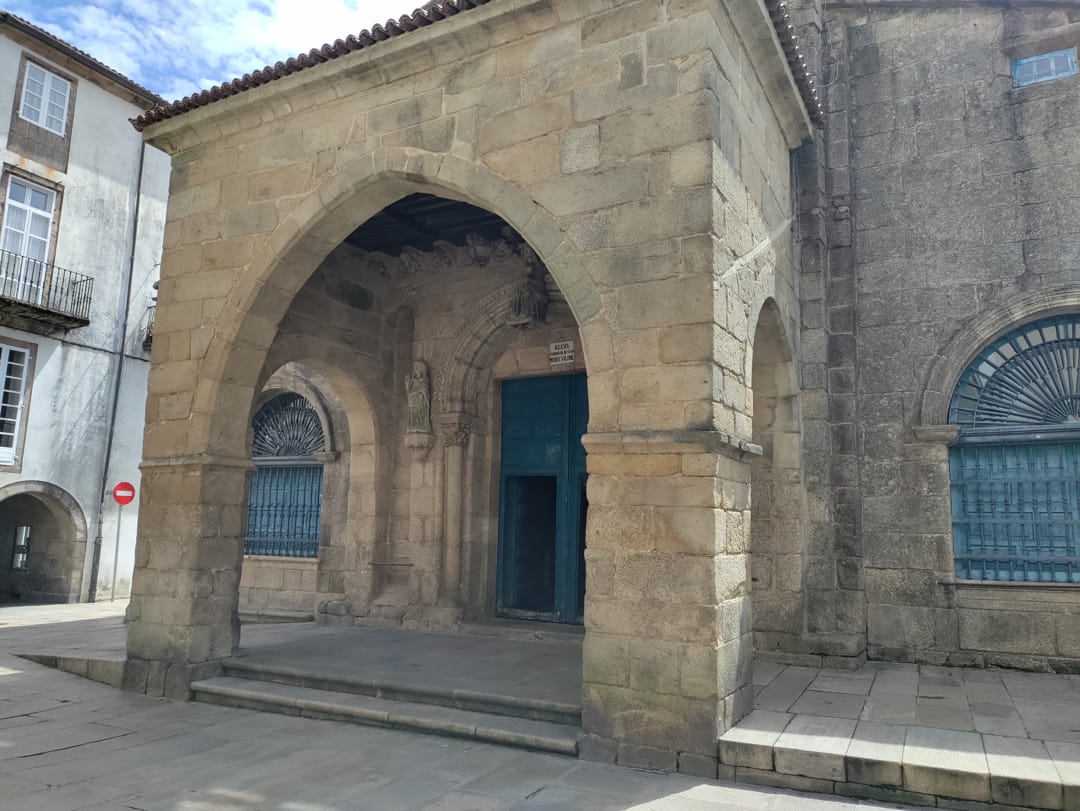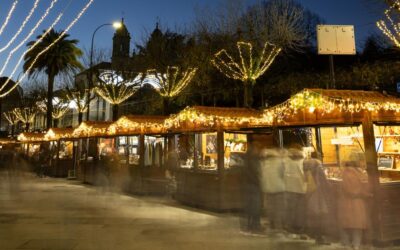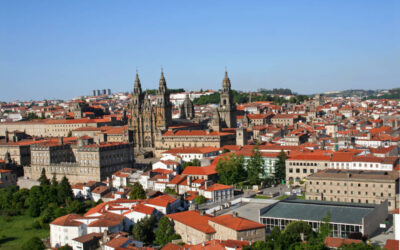The
Church of Santa María Salomé
is known for being the only one in Spain dedicated to the mother of St. James the Apostle and St. John the Evangelist, one of the ‘Three Marys’ and one of the companions of Jesus during his Calvary and burial.
The temple, located at number 31 Rúa Nova, is one of several churches commissioned during the archbishopric of Diego Xelmírez (1100-1140), in the 12th century.
According to the records, it was founded around the year 1140, coinciding with the death of the archbishop, by the chantre Pelayo, then abbot of the expansion area of the ancient burgh of Compostela.
The building reflects the variety of architectural styles that characterize the rich heritage of the Galician capital.
Thus, it has vestiges and elements of the Romanesque, Gothic and Baroque, due to the reforms and various actions carried out in the temple.
Among them, the seated image of the Virgin, dating from the fourteenth century, and several pieces that belong to a sculptural group of the fifteenth century: the images of the Annunciation, Mary and the angel Gabriel.
As mentioned above, the church underwent remodeling actions since its foundation, both in its plan and in its elevation, especially during the baroque period.
One of these actions was in charge of the architect Peña de Toro, who built a chapel dedicated to Santa Teresa in 1662.
The building, with a square floor plan, has several arms that start from four semicircular arches and are supported by fluted pilasters.
The baroque tower was built in the eighteenth century, according to a project by José Crespo, based on the model of the bell tower of the church of San Fiz de Solovio, much imitated at the time.
In addition, inside the historic building there are several baroque carvings of the Compostela school.
At present, the church is open to public visits from 5:00 p.m. to 9:00 p.m., in addition to being a regular place of worship.






